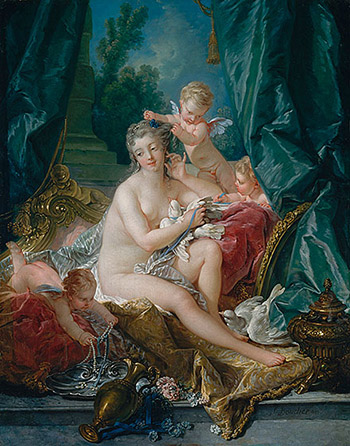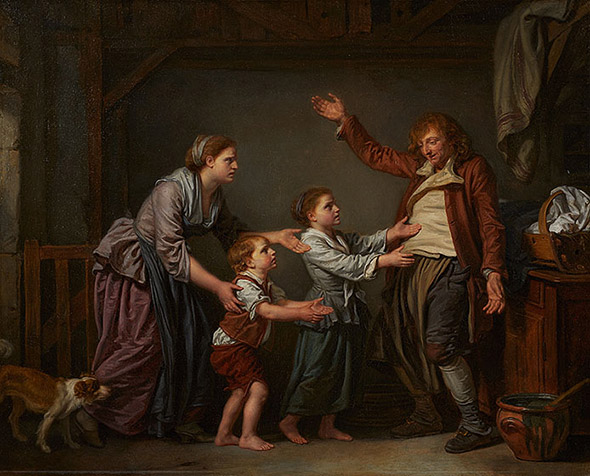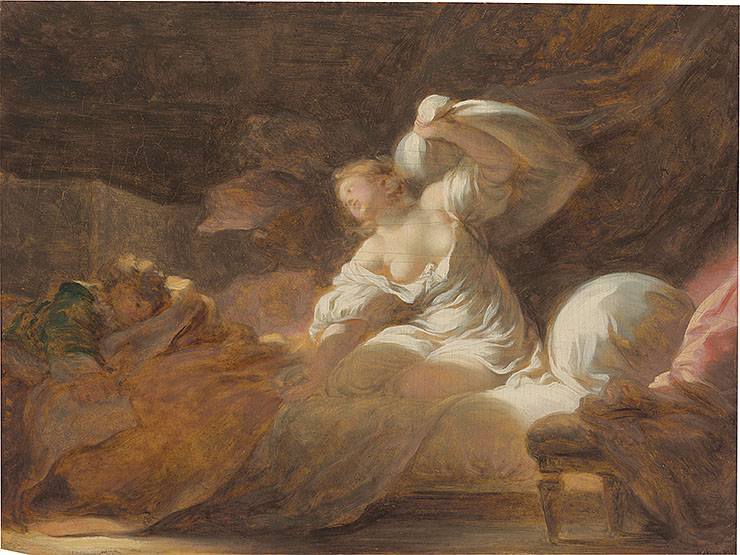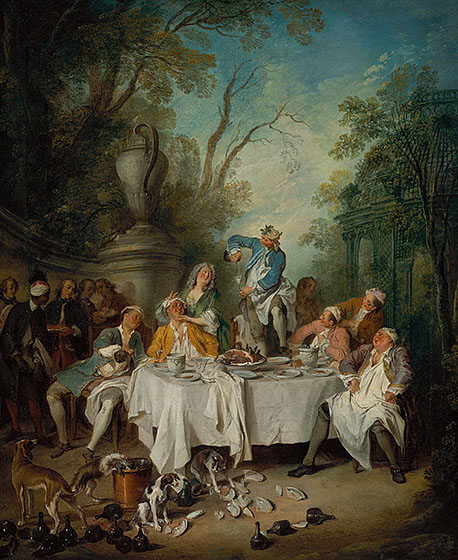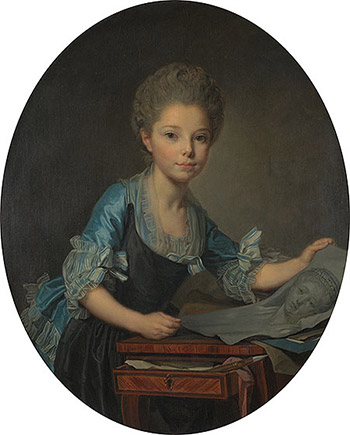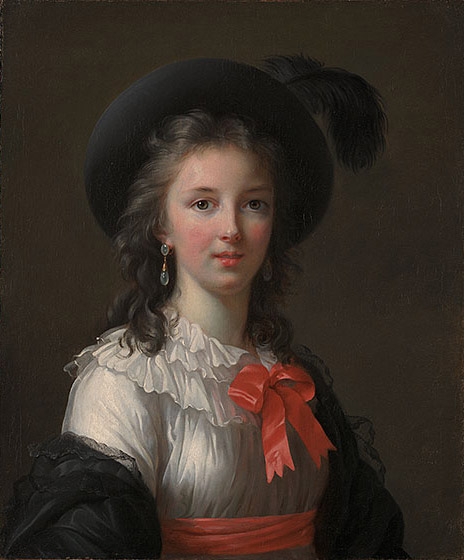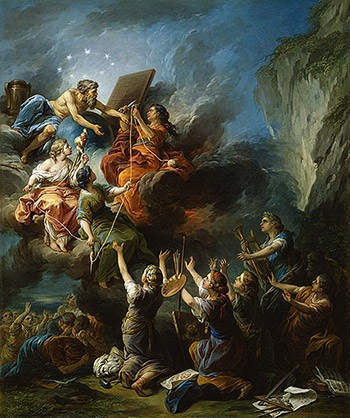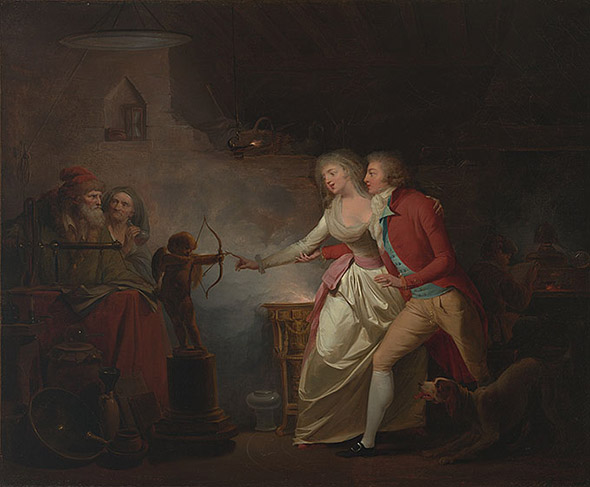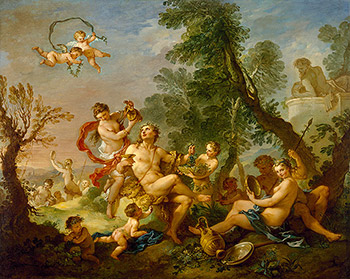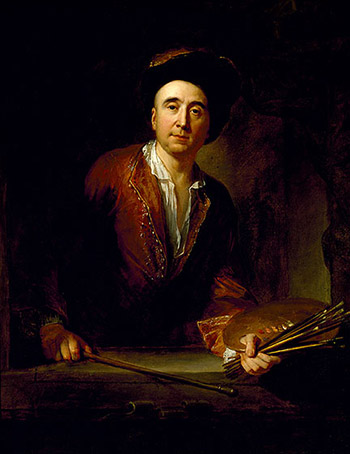1815
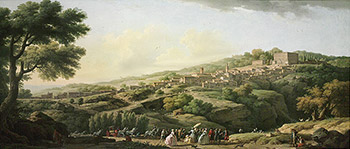
Claude Joseph Vernet, Villa at Caprarola, 1746, oil on canvas, Philadelphia Museum of Art, Purchased with the Edith H. Bell Fund, 1977
Joseph Bonaparte arrives in New York on the American ship Commerce. He brings with him a collection of paintings including Claude Joseph Vernet’s Villa at Caprarola and Noël Nicolas Coypel’s The Abduction of Europa.




